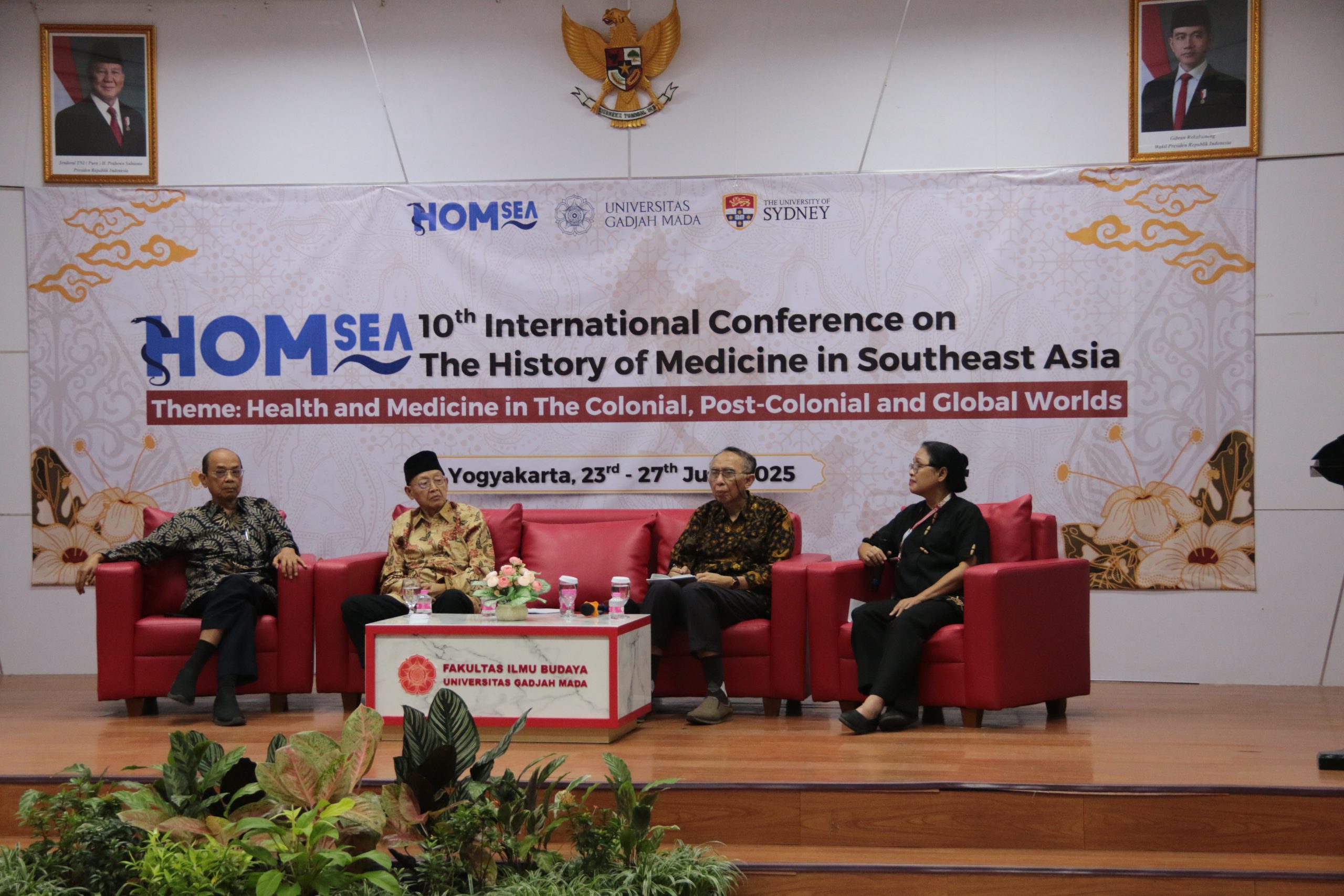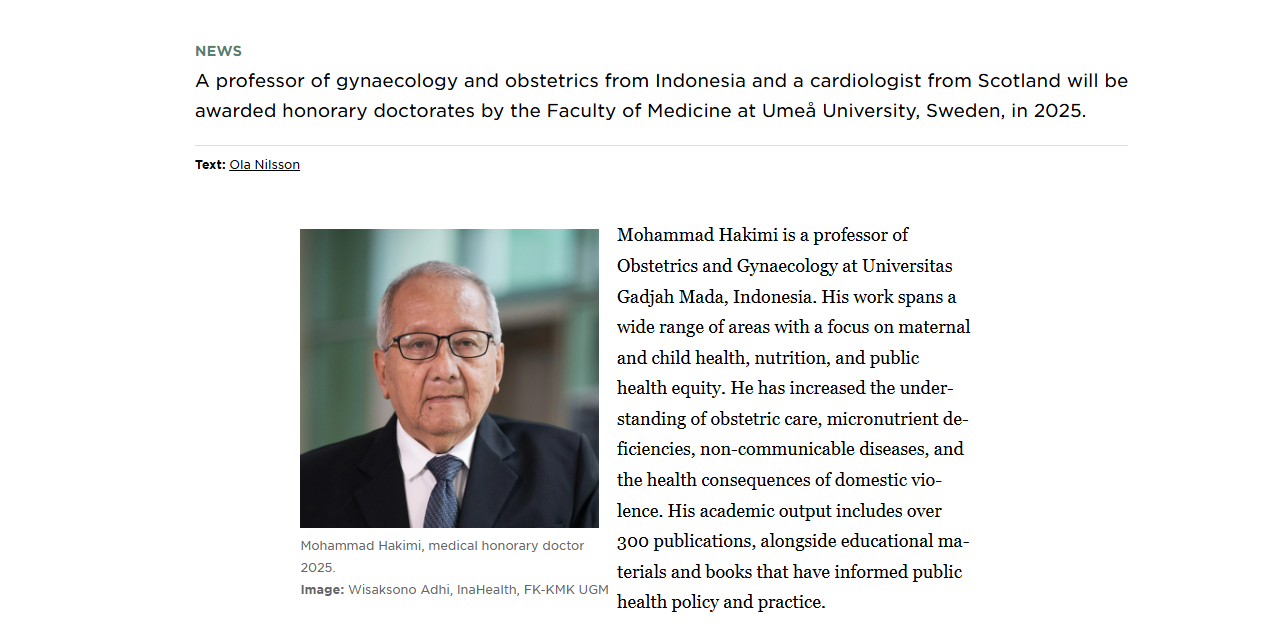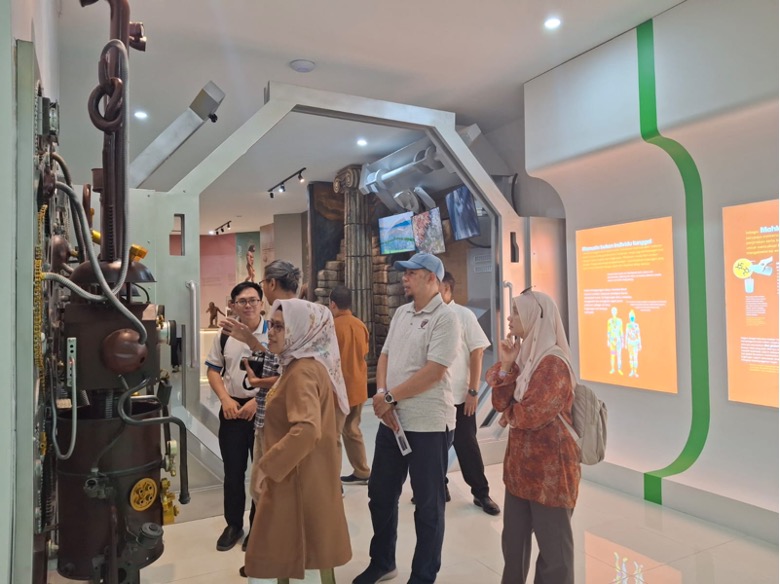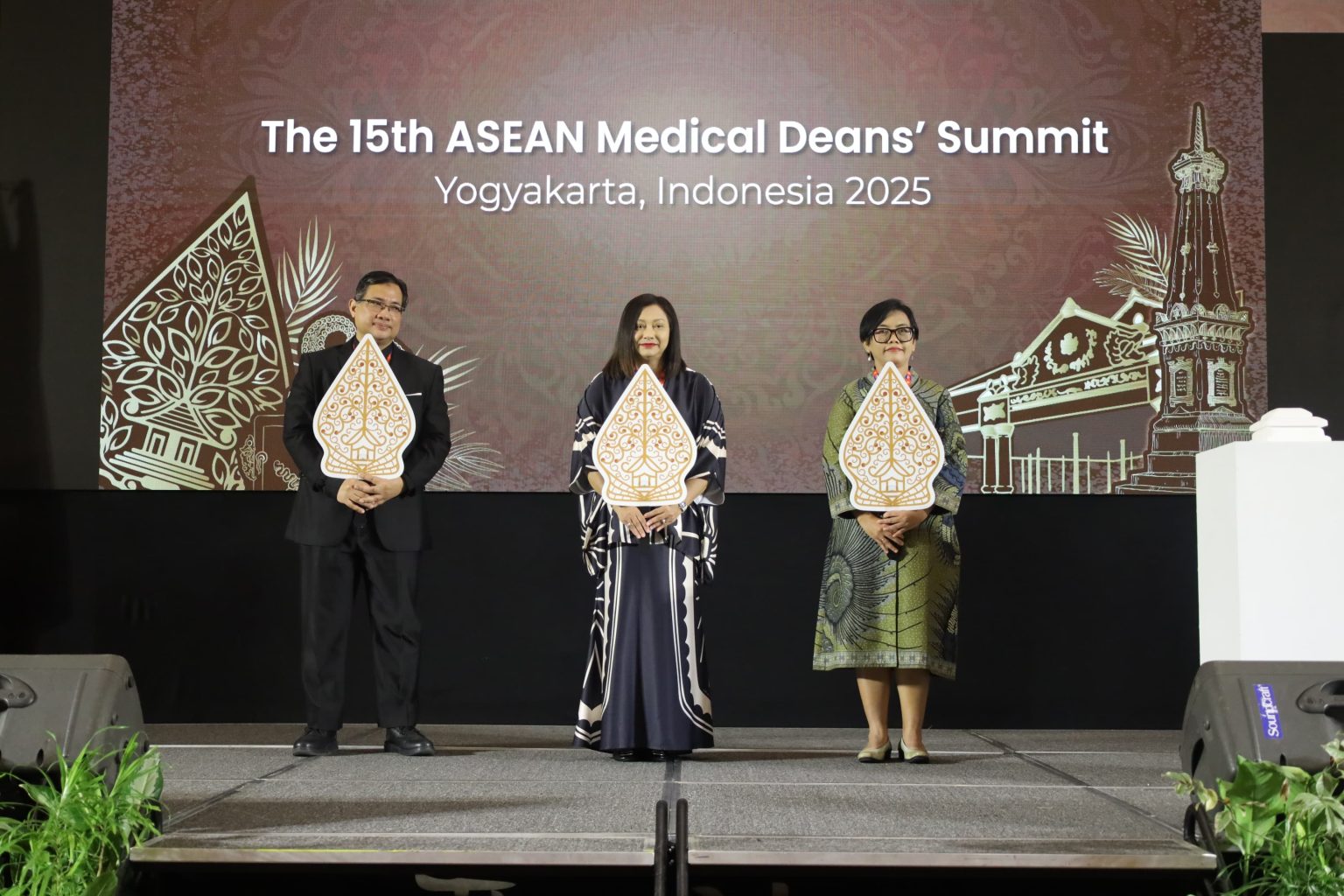FK-KMK UGM. Faculty of Medicine, Public Health, and Nursing UGM received a visit from Prof. Suraphong Lorsomradee, MD., Ph.D from Chiang Mai University Thailand on Wednesday (30/8) in the 1st floor Auditorium of the Tahir Postgraduate Building.
During his visit, Prof. Suraphong was invited to a lunch meeting discussion with the Vice Deans and did a Guest Lecture with the topic “Updated in Hemodynamic and Cerebral Oxygenation Monitoring: From Emergency Department to Perioperative Optimization”.
The anesthesia process is a usual thing to do before doctors carry out further handling in surgery. There are several types of anesthesia that are commonly performed on patients, including local anesthesia, half body anesthesia, and general anesthesia.
In some cases, patients are still able to respond to certain actions even though they have been anesthetized. “This condition is called light anesthesia. The signs in the case of light anesthesia are hypertension, tachycardia, movement, and response,” Prof. Suraphong explained.
According to Prof. Suraphong, to overcome this, there are 3 actions that can be taken, namely maintaining SVR, fluid resuscitation, and titration. Maintaining SVR can be achieved with vasoconstrictors, sympathetic stimulation, and changing the choice of anesthetic drugs. (Nirwana/Reporter)







